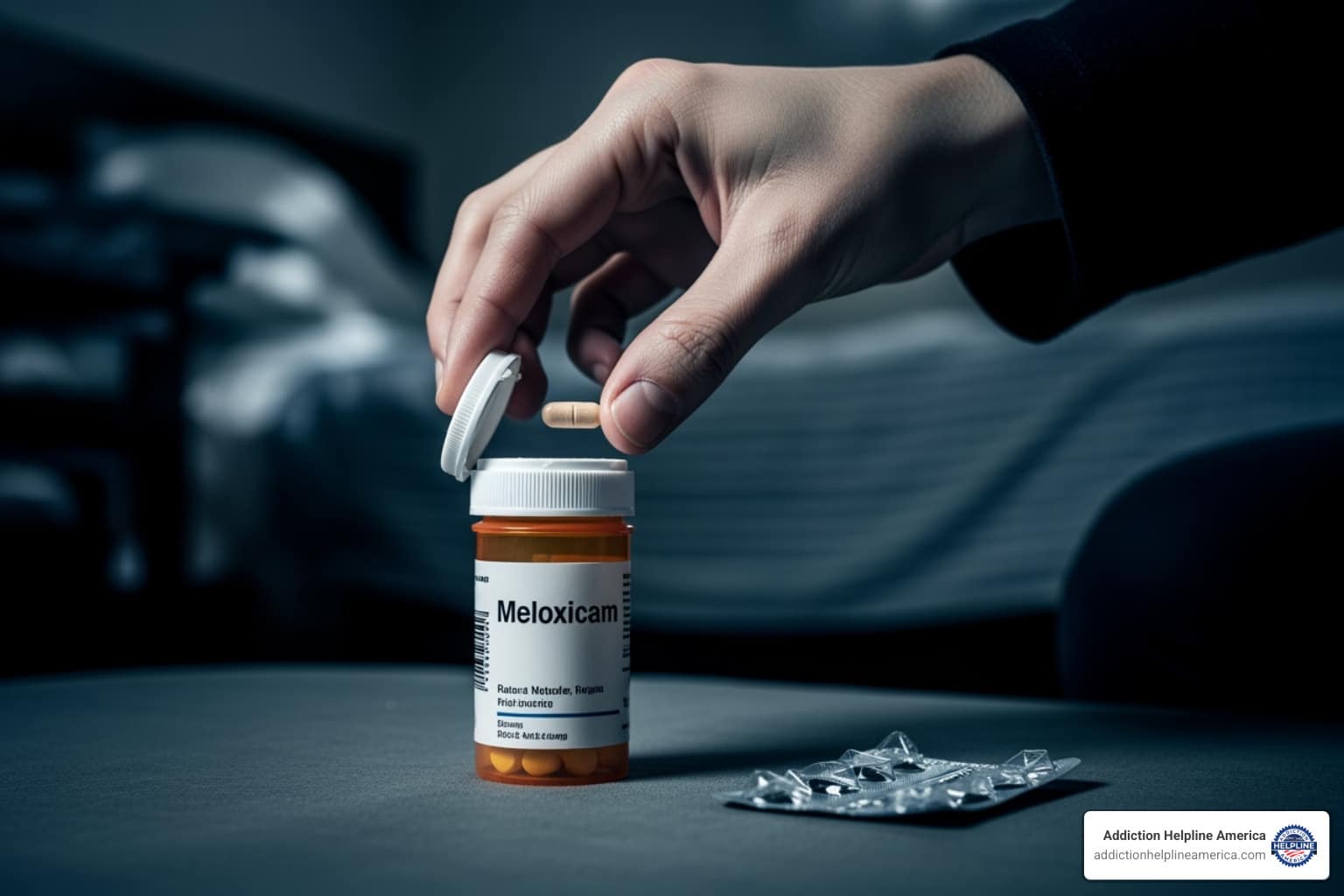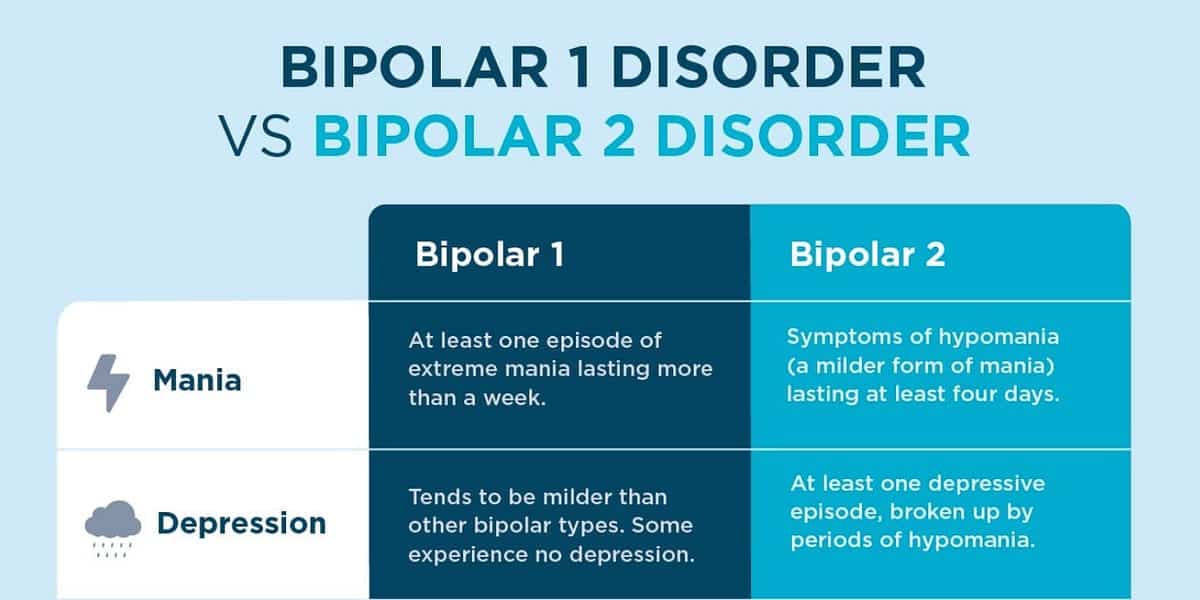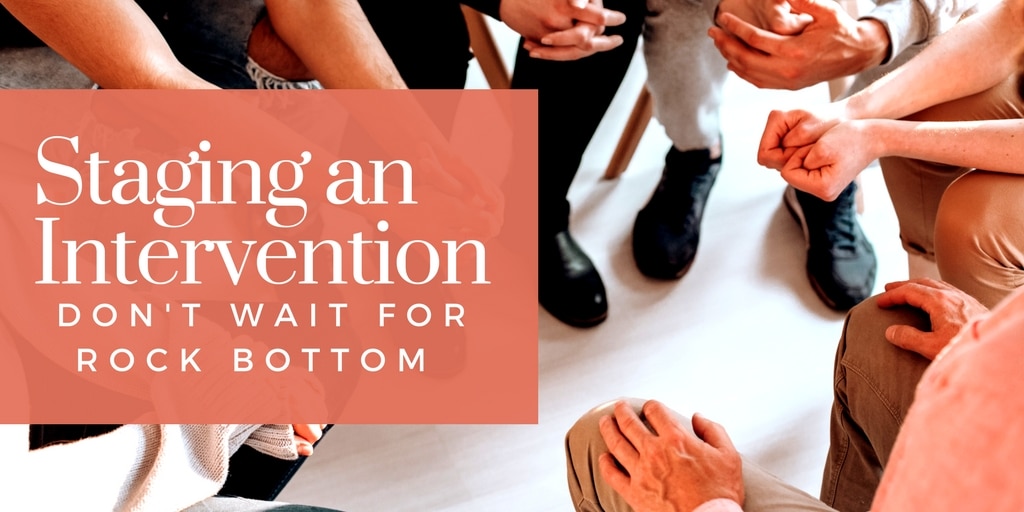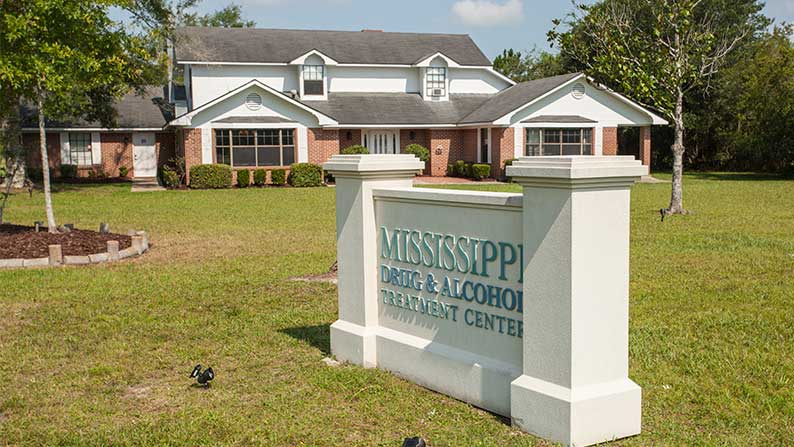
Finding Your Safe Harbor: Why Sober Living Options Matter After Treatment
Sober living options are alcohol and drug-free homes that support individuals in recovery after formal treatment. They bridge the gap between inpatient rehab and independent living by providing structure, peer support, and accountability.
Completing rehab is a huge achievement, but returning to an unstable or triggering environment can be a major obstacle to sustained abstinence. Sober living provides a supportive middle ground to practice recovery skills in a real-world setting. The results are powerful: residents have shown a jump in 6-month abstinence rates from just 11% at baseline to 68% after entering a program.
Quick Overview of Sober Living:
- Levels of Support: Homes range from peer-run (Level 1) to monitored (Level 2), supervised (Level 3), and fully integrated with on-site clinical services (Level 4).
- Key Features: Costs typically range from $500-$2,000+ per month, with an average stay of 166-254 days. Residents must maintain sobriety, attend meetings, and help with chores.
- Who Benefits Most: Ideal for those leaving inpatient treatment, people with unsupportive home environments, or anyone seeking structure and a peer community to maintain long-term sobriety.
Beyond sobriety, these homes help residents find employment, improve mental health, and build confidence. At Addiction Helpline America, we guide individuals to sober living options that match their recovery needs, knowing the right home can be the key to lasting success.

What is Sober Living and How Does It Differ from a Halfway House?
When exploring sober living options, you’ll encounter the terms “sober living home” and “halfway house.” While similar, they serve different purposes.
A sober living home is a drug- and alcohol-free residence for people in recovery. It provides a safe, structured community where you can build on the skills learned in treatment. Unlike intensive rehab, sober living focuses on peer support and real-world reintegration. Residents can typically work or attend school, provided they follow house rules and stay sober.
The term “halfway house” historically refers to transitional housing for individuals leaving the criminal justice system. While some support recovery, their primary link is often to probation or parole, and residency may be mandated.
The key difference is that sober living is voluntary, chosen by those seeking extra support. Halfway houses are often a required step for individuals re-entering society from incarceration.
Here’s a quick comparison:
| Feature | Sober Living Home | Halfway House |
|---|---|---|
| Resident Origin | Voluntary, often from rehab | Often mandated from the justice system |
| Funding | Primarily resident-funded (private pay) | Often government-funded or court-ordered |
| Length of Stay | Flexible, based on resident’s needs | Often a fixed, time-limited duration |
| Focus | Peer-supported recovery and life skills | Re-entry, monitoring, and legal compliance |
For those seeking a peer-driven environment to strengthen recovery after rehab, a sober living home is typically the better fit. It offers the independence to rebuild your life with the accountability needed for long-term success. You can explore specific sober living homes to find one that matches your goals.
The Spectrum of Support: Four Levels of Sober Living Homes

Not all sober living options are the same. The National Alliance for Recovery Residences (NARR) outlines four levels of support, helping you find the right fit for your stage of recovery. The goal isn’t to find the “best” level, but the one that matches your current needs for structure and independence. For a deeper look at specific facilities, check out our guide with more info about Sober Living Homes.
Level 1: Peer-Run
These homes are democratically run by the residents themselves. The best-known example is the Oxford House model. There is no on-site staff; instead, residents rely on mutual support and shared responsibility to maintain sobriety and manage the household. This level is ideal for those who are stable in their recovery and self-motivated.
Level 2: Monitored
Level 2 homes add a house manager or other staff member to provide oversight and ensure rules are followed. This adds a layer of accountability while still emphasizing peer support. It’s a good middle ground for those who benefit from some structure but don’t require intensive supervision. An example is A Peace of Mind Sober Living Women’s Home.
Level 3: Supervised
Here, you’ll find a more structured environment with certified staff and administrative oversight. These homes often include life skills training, employment assistance, and structured programming. While formal clinical treatment isn’t typically provided on-site, staff connect residents to external services. The Phoenix House Rise Men’s Supported Living Program is an example of this model.
Level 4: Integrated Services
Level 4 offers the highest level of support, providing on-site clinical services within the residence. Often called therapeutic communities, these homes blend housing with professional counseling and therapy. This model is best for individuals transitioning from high-intensity treatment or those with co-occurring mental health conditions who need integrated care in a home-like setting.
The Pillars of Recovery: Rules, Costs, and Benefits

Life in a sober living home blends personal freedom with accountability. It’s a training ground for a new, sober life, where you can work, study, and reconnect with family within a supportive environment. Understanding the common rules, costs, and benefits is key to making an informed choice.
Typical Rules and Expectations
While rules vary, most sober living options share a core set of expectations designed to keep everyone safe and focused on recovery:
- Zero-Tolerance for Substance Use: This is the most critical rule. Use of alcohol or drugs leads to immediate dismissal. Regular drug testing is standard.
- Curfews: These provide structure and ensure residents are home safely each night.
- Mandatory Meetings: Regular house meetings are held to discuss issues and support peers. Attendance at 12-step meetings (AA/NA) is also typically required.
- Household Chores: Everyone contributes to keeping the shared living space clean and orderly.
- Respect for Peers: Residents are expected to communicate openly and respectfully, fostering a positive community.
- Financial Responsibility: Paying rent on time and being employed or actively seeking work is a common requirement.
Costs and Payment Options
Affordability is a major reason people choose sober living, with 74.4% of residents citing it as a primary factor. Monthly costs generally range from $500 to $2,000+, depending on location and room type (shared vs. private). This fee usually covers rent and utilities.
Most health insurance plans do not cover sober living rent because it’s considered housing, not a medical service. Therefore, most residents pay out-of-pocket. Common payment strategies include:
- Employment Income: Most residents work to cover their own expenses.
- Family Support: Loved ones may help cover costs as an investment in recovery.
- Personal Loans or Credit: Used to cover initial fees while securing employment.
- Grants and Scholarships: Non-profits and state programs (like those in Nevada and Pennsylvania) sometimes offer rental assistance for recovery housing.
Always ask about all fees upfront, including deposits and what the monthly rate includes.
Research-Backed Benefits of Sober Living
Research confirms that sober living works. Studies show residents experience profound, lasting improvements. The numbers are striking: one program saw six-month abstinence rates jump from 11% at baseline to 68% at both six and twelve months.
Other research shows significant long-term benefits, including:
- Reduced Substance Use: A dramatic decrease in the frequency and intensity of use.
- Higher Employment: Residents are more likely to find and maintain employment.
- Improved Mental Health: The supportive environment helps reduce psychiatric distress and build self-esteem.
- Lower Arrest Rates: For those with a history of legal issues, re-arrest rates drop significantly.
These positive outcomes are driven by a powerful combination of peer support, accountability, and involvement in 12-step groups, creating a strong foundation for a new life in recovery.
Finding the Right Sober Living Options for You

Finding the right sober living options is a critical step in building a durable recovery. It’s about finding a community that supports your growth. At Addiction Helpline America, we help individuals steer this process to find an environment where they can thrive.
Who is a Good Candidate?
Sober living is beneficial for people in various situations. You are likely a good candidate if you:
- Are transitioning from inpatient rehab and need a supportive step-down environment.
- Have an unsupportive home environment with triggers or people who use substances.
- Need structure and accountability to stay on track in early recovery.
- Are seeking a peer community of people who understand the recovery journey.
- Have a genuine commitment to sobriety and are willing to follow house rules.
How to Find Reputable Sober Living Options
Use a combination of resources to find a quality home:
- Treatment Center Referrals: Your rehab program is an excellent source for trusted local recommendations.
- Online Directories: Use national databases like SAMHSA’s FindTreatment.gov and state-specific lists (e.g., Ohio, Pennsylvania, Minnesota). Addiction Helpline America also provides resources.
- Accreditation Bodies: Look for homes certified by the National Alliance for Recovery Residences (NARR) or its state affiliates, which indicates adherence to high standards.
- Local Recovery Community: Ask for recommendations at 12-step meetings or support groups.
When you find a potential home, tour it in person and ask the house manager key questions about rules, costs, relapse policies, staff training, and support services offered.
What to Look for in Quality Sober Living Options
Not all homes are created equal. A quality sober living environment will have:
- NARR Certification: A strong indicator of ethical operation and quality support.
- Clear, Enforced Rules: A predictable structure that keeps all residents safe.
- Trained Staff: House managers who understand recovery, are often in recovery themselves, and are trained in overdose prevention.
- Good Location: Safe neighborhood with access to jobs, transportation, and meetings.
- Clean and Positive Atmosphere: A well-maintained space where residents feel welcomed and respected.
- Adequate Space: Comfortable living conditions without overcrowding.
- Transitional Services: Help with job searching, educational goals, or finding permanent housing.
- Strong Peer Community: A culture of mutual support fostered through house meetings and shared activities.
For location-specific advice, such as our Sober Living Costa Mesa Guide, we offer detailed regional information. Finding the right home is a crucial step, and you don’t have to do it alone.
Frequently Asked Questions about Sober Living
Here are answers to some of the most common questions about sober living options.
How long can I stay in a sober living home?
There is typically no fixed time limit. Residents can stay as long as they comply with house rules and remain active in their recovery. While the average stay is between 166 and 254 days, a longer duration is often beneficial. The National Institute on Drug Abuse (NIDA) recommends at least 90 days in a recovery setting to achieve the best outcomes.
Do sober living homes accept insurance?
Generally, no. Health insurance does not typically cover rent for sober living, as it is considered housing, not medical treatment. Residents usually pay out-of-pocket. However, if a home is integrated with a clinical program (Level 3 or 4), your insurance may cover the associated therapeutic services. Always check with your insurance provider and the sober living home about any potential coverage for services.
Can I work or go to school while in a sober living home?
Yes. In fact, it is highly encouraged and often required. The goal of sober living is to help you reintegrate into a productive, independent life. Working or attending school provides financial independence, structure, and self-esteem, all of which are vital for long-term recovery. Many homes offer support for job searching and educational enrollment.
Take the Next Step in Your Recovery Journey
Choosing the right sober living options is a powerful move toward sustaining your sobriety and building a fulfilling new life. It’s a vital bridge between the structure of rehab and the demands of independence. Your recovery journey is a process of continuous growth, and the right environment is key.
At Addiction Helpline America, we understand this critical transition. We offer free, confidential guidance to help you find sober living options that fit your needs, whether you’re in Alabama, California, New York, or anywhere nationwide. Our network of recovery residences means you don’t have to steer this landscape alone.
If you’re ready to see how sober living can strengthen your recovery, we’re here to help. Take the next step toward a healthier future. Explore your addiction recovery options with our complete guide.
Our helpline is 100%
free & confidential
If you or someone you care about is struggling with drug or alcohol addiction, we can help you explore your recovery options. Don’t face this challenge alone—seek support from us.
Programs
Resources
Will my insurance
cover addiction
treatment?
We're ready to help
Find the best
drug or alcohol treatment
center
Are you or a loved one struggling with addiction? Call today to speak to a treatment expert.












